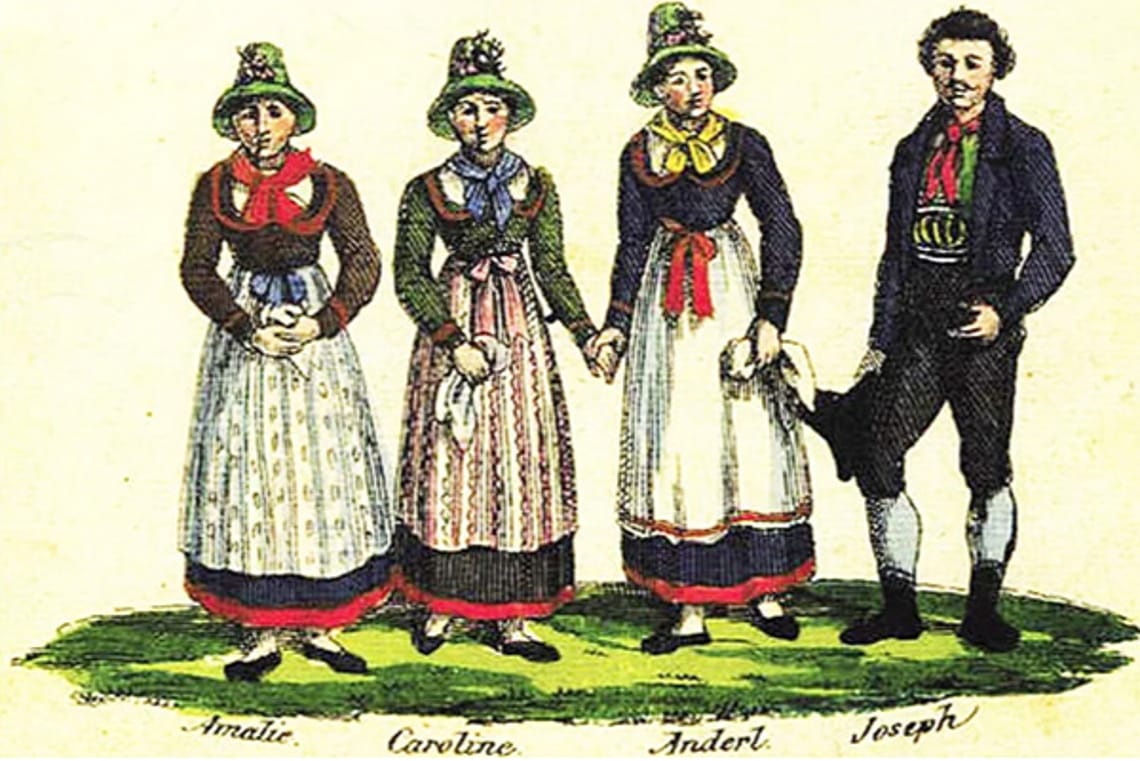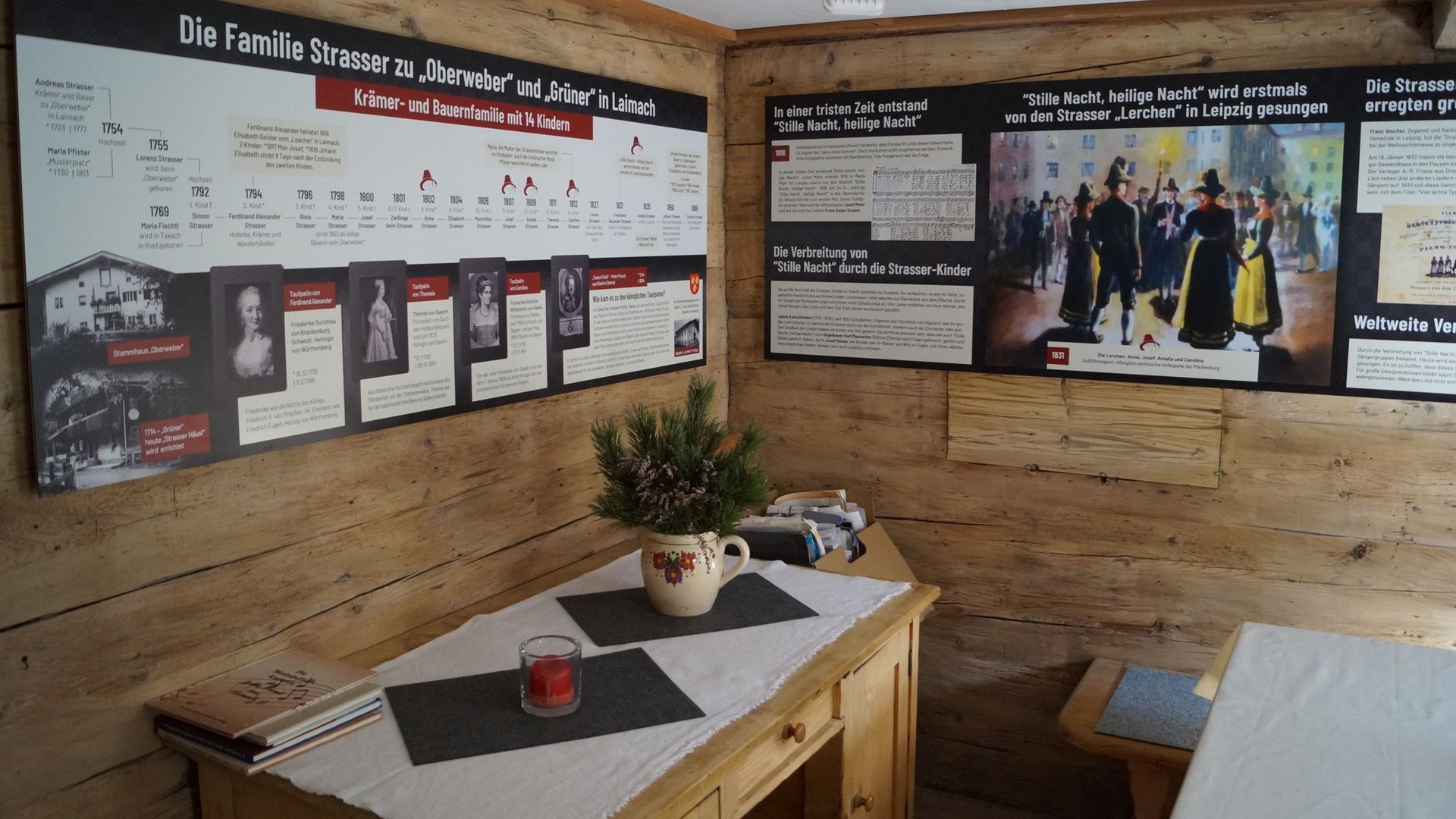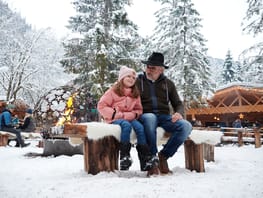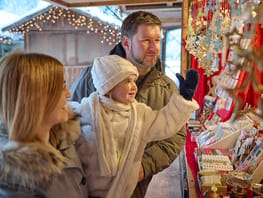The Story behind "Silent Night"
UNESCO cultural heritage in Austria
Once upon a time… the classic opening line of a fairy-tale, which we all remember from our childhood. Once upon a time… is, however, also how the true story of the world famous Christmas carol "Silent Night" begins. The so-called song of songs, it has been translated into more than 300 languages and UNESCO has declared it an intangible piece of Austrian cultural heritage. That’s a lot of fuss over such a simple, short song as "Silent Night".
The creation of the epitome of a Christmas carol
You can just imagine how the curate Joseph Mohr felt when he moved to the village of Oberndorf by Salzburg. He was a very musical man, who loved organ music in his church. Unfortunately, the organ in Oberndorf’s St Nikola church was broken. Luckily though, Mohr got to know the village school master and organist, Franz Xaver Gruber, who was a teacher with heart and soul. When Mohr composed the text for the carol in 1816, he asked Gruber to set it to music for him. Mohr wanted at least one Christmas carol to be sung at the Christmas mass despite the broken organ. In 1818, with just the simple accompaniment of a guitar, the curate Mohr and teacher Gruber sang this extraordinary song for the first time.
From Oberndorf to the Ziller Valley
In 1819, an organ maker from the Ziller Valley, named Karl Mauracher, was brought to Oberndorf to repair St. Nikola’s broken organ. He heard the new carol and took it back to the Ziller Valley, where he passed it on to the Rainer family singers, who sang it at the Christmas mass that same year. A few years later, in 1922, the Rainer singers sang it for the Habsburg Emperor Franz I. and Tsar Alexander 1 in the Emperor’s suite of Fügen Castle.

From the Ziller Valley to the world
In turn, the Strasser family singers from Laimach learnt the song from the Rainer singers and began singing it in German-speaking territories. The siblings, Amalie, Caroline, Anna and Joseph, supplemented the family’s meagre income by working as travelling salesmen, mostly during the winter months. The Strasser family had a small farm and sold gloves as a side business. Their father, Lorenz Strasser, took his children to markets where they also used to perform as a singing group. They were blessed with crystal clear voices and their renditions of the “eight Tyrolean songs” were very popular. In 1831, they sang at the Leipzing Christmas market and included the carol “Silent Night” in their repertoire. The organist of the catholic diaspora parish in Leipzig heard the song and asked the siblings to perform it during the Christmas mass at the Catholic chapel in the Pleißenburg. In the winter of 1832/33, the Strasser singers returned to Leipzig where they gave a concert on the 15th December in the hall of the old Hotel de Pologne. Once again, they sang a rendition of “Silent Night”. From then on, the singers travelled as a musical group throughout Germany, bringing the song of songs to an ever wider audience.
Christmas 2018
It’s exactly 200 years since the most beautiful song on God’s earth was first sung. The melody and lyrics are still calming, heart-warming and full of Christmas spirit. The tune inspires an inner peace and feeling of fulfilment. When this simple song is sung in front of the Christmas tree on Christmas Eve, it brings a quiet to one’s soul as well as to the holy night.
Silent night, holy night, all is quiet, all is bright…
Blog post created by: Elisabeth Frontull Image credits: ©Archiv TVB Mayrhofen





